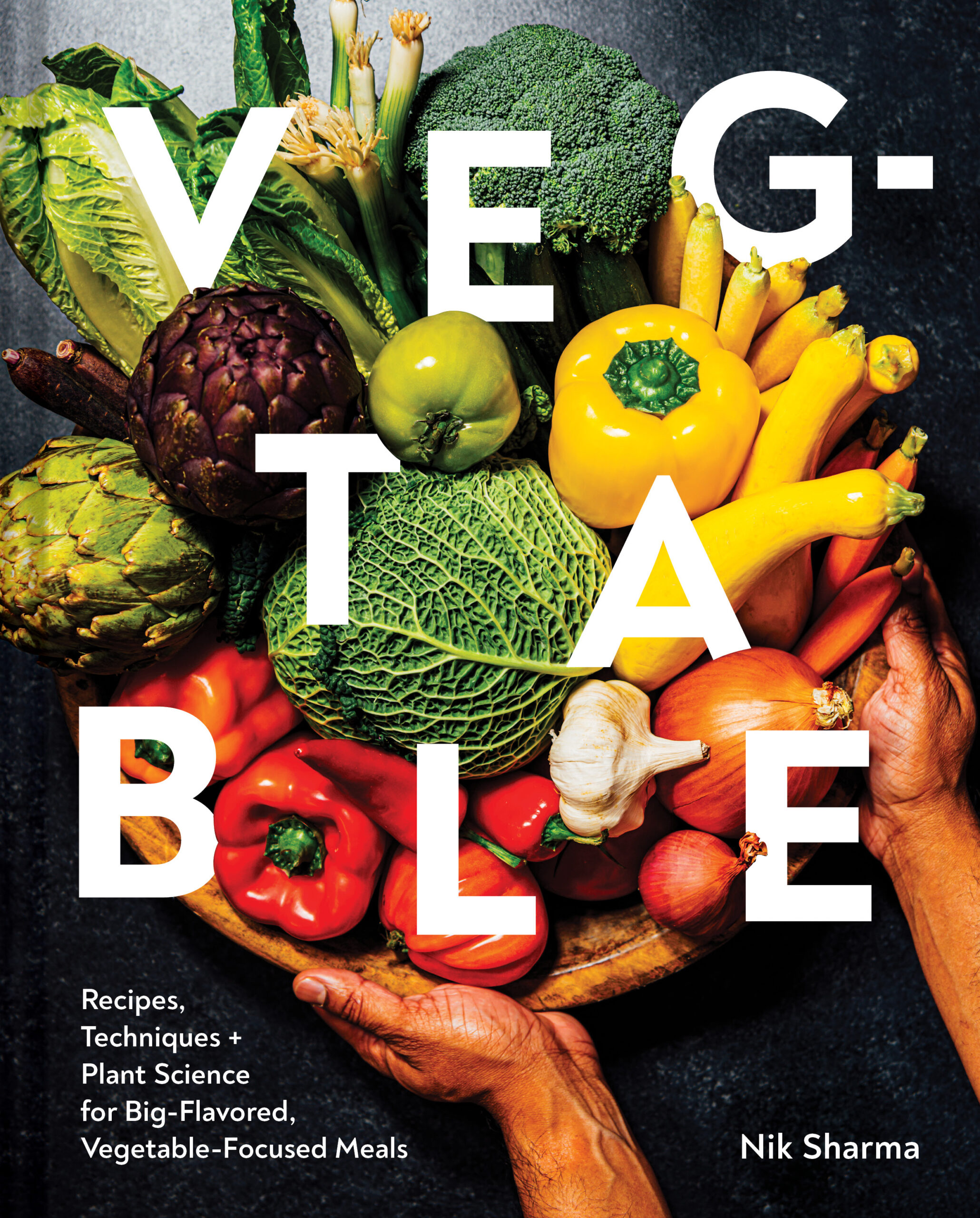While it does require some planning and practice, I promise you will feel the same level of elation once you conquer it. This is one of the Indian dishes that I am particularly proud to learn since my mom couldn’t make them, and we always had to go to restaurants to eat dosas; she now eats the dosas I make at home. There are many different kinds of dosas made with different types of grains, lentils, and beans. Ratios need to be reconfigured, fermentation times might change, and in some types of dosas like the instant dosas fermentation is not employed. Principle: Dosa, like sourdough, relies on fermentation by a combination of bacteria and yeasts derived from rice and urad beans. To optimize the fermentation and cut back on time (in the past, I would soak the seeds on day 1 and then grind and ferment them on the second day), I’ve measured time, pH, and fermentation at different temperatures and 80F/27C works best. The batter ferments within 16 to 18 hours. It should rise up like a volcano. I add a little bit of sugar at the start to give the bacteria and yeast an easy source of energy (this is the same reason why some dosa recipes will call for the addition of a little bit of cooked rice to the batter), this will help jump-start the fermentation. As the bacteria and yeast ferment the sugar and complex carbohydrates (from the seeds), acids and carbon dioxide are released, and the batter will turn thick and foamy (and a spoonful will float on water). Fermentation of the starch in the seeds also helps with gelatinization (thickening) of the starch, affecting texture. Besides fermentation, the rice and beans contain enzymes like amylase, which will act on the starch; these enzymes from the seeds are high in activity at the start and will eventually decrease as fermentation takes over. Dosa Making Tools
Grinding – A question I often receive – “Do I need an Indian blender to grind dosa and idli batters?” No, you do not, and I do not recommend going out and getting one for the sole purpose of this recipe (fewer appliances are always better) if you’re not living in India (some of them are quite heavy, and getting parts replaced or fixed can be tricky). You can get the same quality of a high smooth batter with a high-speed blender. I’ve successfully used the Vitamix and Breville high-speed blenders, and they get the job done with excellent results. Start with a non-stick cooking pan. Once you get comfortable, you can migrate to a cast-iron pan. Cast-iron pan – I use a Staub crepe pan. If you want to use a flat surface pan with very low sides, a crepe pan will also work great. If the sides/walls of the pan on the edge are too tall, it will interfere with the pouring and spreading of the batter. I use a ladle with a wide curved bottom; it should not have a flat base. I find this to work best with spreading the batter. In India, dosa experts will use a flat-bottomed metal bowl (a katora); I find these a bit trick to work with; when you try to spread or lift the batter, there is a suction created between the batter that is spread and the batter attached to the bowl. More often than not, it will leave a big gaping hole in the dosa. If you’re starting, go with the ladle. Indian and online stores sell them. Dosa Turner/Flipper – A metal flat turner or spatula with a thin edge is a good tool to flip the dosas. Insert the turner from the sides, and then slowly make your way through. A wooden one will also work, but they tend to be thicker and can damage the dosa. I like this set of tools.
Temperature Fermentation: I have an immersion circulator/sous vide that I’ve been using more and more off late to maintain accurate water bath temperatures for fermentation because my apartment does not get enough sun, the kitchen is often too cold for fermentation. You can use a warm oven to keep things warm (my previous oven had a proof setting that went as low to 70F/21C). Keep in mind, the sous vide will maintain a constant accurate temperature while ovens and kitchen counters won’t, so your fermentation time will change a little. I don’t use an Instant Pot to ferment but it can work. Cooking on Stoves: The ideal temperature on my cast-iron pan for dosa making ranges between 260F to 320F/127C to 160C as measured by a surface infrared thermometer. Gas stoves and electric stoves (in that order of preference) seem to work best for dosa making. For the purposes of this recipe, I cooked the dosa on my gas stove and also on a portable induction stove. Every time I cooked the dosa on the induction stove, I noticed a few things – “the dosa cooks in a circle”. I suspect this is because of the magnets and how they rotate inside. The dosa would begin to brown in the 12 o’-clock position and then proceed in an anti-clockwise fashion every time. I didn’t notice this on my gas stove and the browning on gas was much more uniform and efficient. Induction also only heats the metal compatible surface it meets, so often the edges of my pan did not get as hot as the center did and my dosa would be softer on the edges and as you might expect my spreading was not the best in this outer edge. With electric stoves, controlling the amount of heat is a bit tricky, especially when you need to lower the amount of heat. Dosa needs low heat to cook and brown well and you need to be able to carefully adjust the heat to do this, I don’t get the same level of control with electric. Overall, gas is my favorite here.
Kitchen Notes
Ingredients:Rice to urad ratios usually vary depending on who you talk to but usually the amount of rice is greater than the amount of beans. You don’t need to soak the seeds separately, it makes no difference. Rice – I use basmati rice. Often, Indian stores might also carry bags of rice or rice flour labeled “dosa or idli rice” – you can use this, it’s a special type of short grain rice that is used traditionally to make fermented rice products like dosa, uttapam, and idli. Short grain rice will work. I thought the difference in the starch types of long grain and short grain rice would have an effect but it didn’t in my hands. Skip wild rice and sticky rice. They don’t work well here. Urad beans – aka udad and will most often be sold as urad/udad dal. You can purchase this preskinned where they beans will look white after the blackish green skin is removed and discarded. This is recommended for dosa making. Indian stores will also sell this dal as a flour, you can use this. If you have beans with the skin on, soak them separate from the rice but you will need to soak them for a whole extra night to let the skins soften and then scrub the skins off gently with your hands, it’s a bit of extra time and work but doable. Whole versus split urad beans, either will work here. Rice and Urad dal flours – if you come across these at the Indian store or online, you can use them. Weigh them by the amounts listed in the recipe below and then proceed. You don’t need to wash these flours (it will all get lost in the water), soak, blend and ferment. It’s a quick shortcut and is a good option, if you’re blender is not strong enough. Fenugreek (Methi) seeds – this is available as whole seeds or ground powder (available online or in Indian stores). Which one to use? Neither makes a big difference in my opinion. Fenugreek adds a unique flavor but it also helps with digestion. If you use seeds, soak them with whole grains (or flour) for the 4 hour time period and then blend. If you use the powder, add the powder to the blender step or whisk it directly into the blended mixture and let it ferment. If you do the latter, whisk well to prevent the formation of lumps. Water – I use filtered water. I live in a city where our water is hard and contains a lot of minerals and salts which can affect fermentation and texture. Hard water tends to slow down bacteria and yeast and can affect nutrient availability to the microbes. Fat – Ghee works best, with cast-iron the dosas glide off the surface very nicely. Grapeseed oil or a neutral oil will also work well. Less fat is best for dosas. You just want the minimum amount to cover the surface of the pan.
Fermentation – Between 70 to 80 F [21C to 27C] is best. The batter will be ready when a spoonful floats on a cup filled with tap water. The fermented batter should smell yeasty and acidic. It will taste sour (the final pH is approximately 5.12) I have a graph below for my fellow curious nerds. Dosa Batter and Water – It is better to work with a thick batter than one that is too thin. Dilute the batter with water as needed. If the batter is too thin, it will not spread well. The final batter should be like a thick pancake batter with no clumps or lumps. The lumps will be a deadly hazard to the smoothness of your final dosa. Do not despair, the first one or two dosas are always a disaster in my kitchen. I suspect this is due to the pan getting reaseasoned as it heats and fats polymerize on the surface. I don’t wash my pan with soap, just hot water and leave it to dry. It also takes me a few minutes to reacquaint myself with how much pressure to apply when spreading the batter. Leftover dosa batter can be used to jump start a fresh batch. Unused dosa batter can be stored for up to a week in the refrigerator. Bring it out to warm up on your kitchen counter before you use it. If the amount of gas feels a bit low, I will sometimes stir in a little sugar to help fermentation. If you see the recipe instructions, I add salt to the diluted batter. Do not add salt to the whole batter, this way if you have leftover batter that is unsalted, it will last longer.
No reviews 3/4 cup/160 g skinned urad (udad) beans/dal, whole or split 2 cups/480 ml filtered water 1 Tbsp fenugreek seeds or powder 1 Tbsp sugar fine sea salt 1/2 cup/120 ml ghee or grapeseed oil or a neutral cooking oil for cooking the dosas Also, I use a Lodge (or equivalent) cast iron pan and have gotten comfortable with it, but I recently came across a “fat free fryer skillet” by “Wagner” (from the 30s or 40s?). The top looks pretty good for a dosa – there’s almost a moat around the pan portion that makes it easy to flip/access the dosa. The bottom was not flat and it gave pause. I wondered if you’ve come across any out of the ordinary shapes to a cast iron pan that made them particularly useful? Comment * Name * Email * Website Save my name, email, and website in this browser for the next time I comment.
Δ















